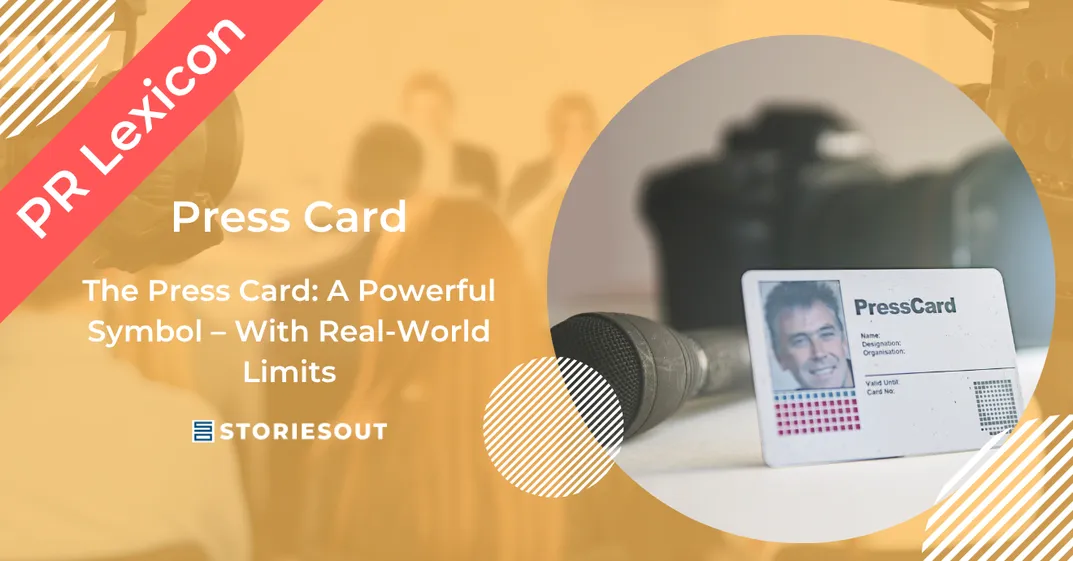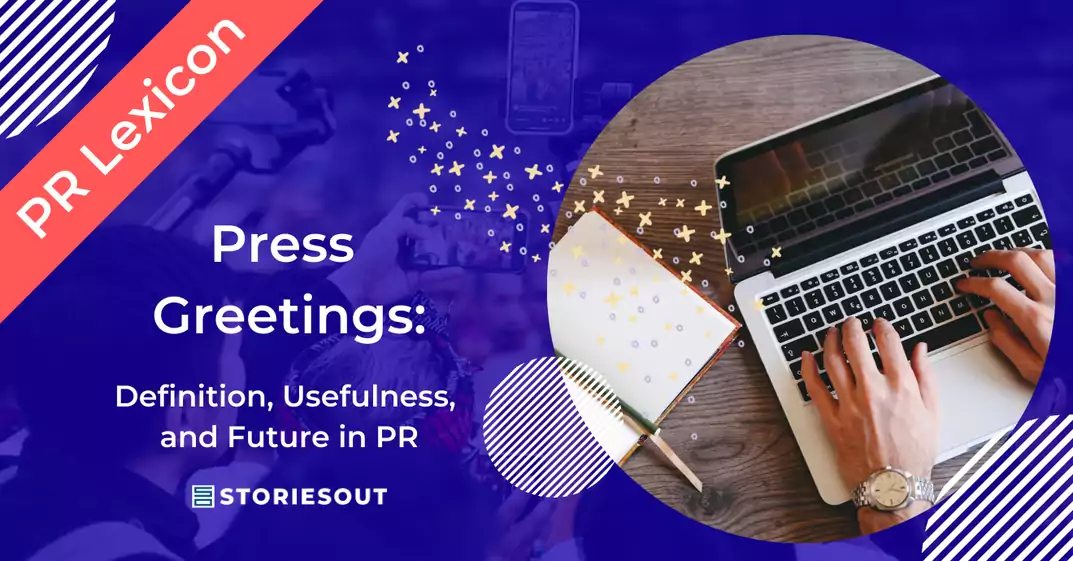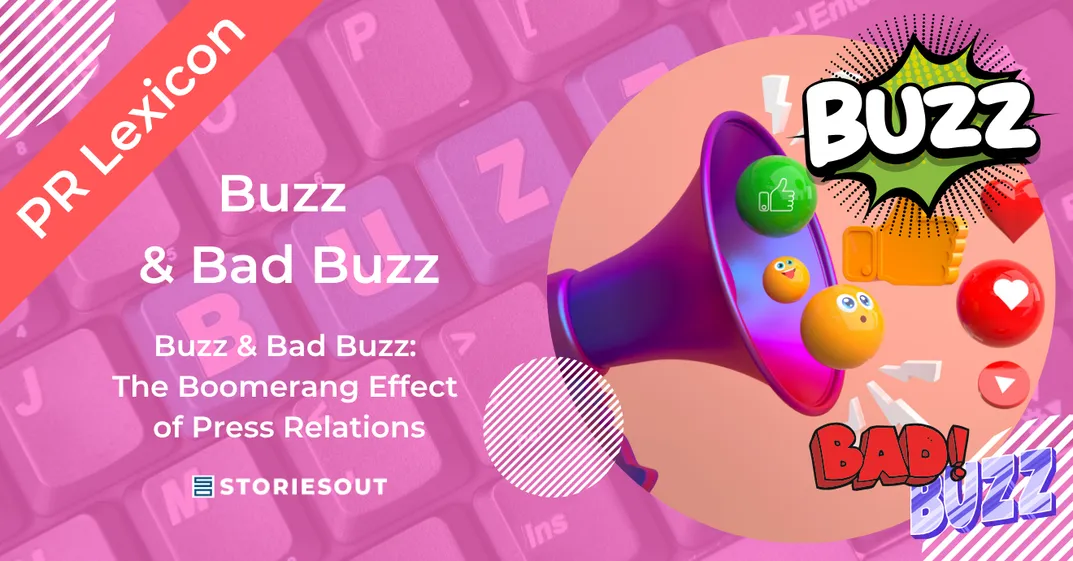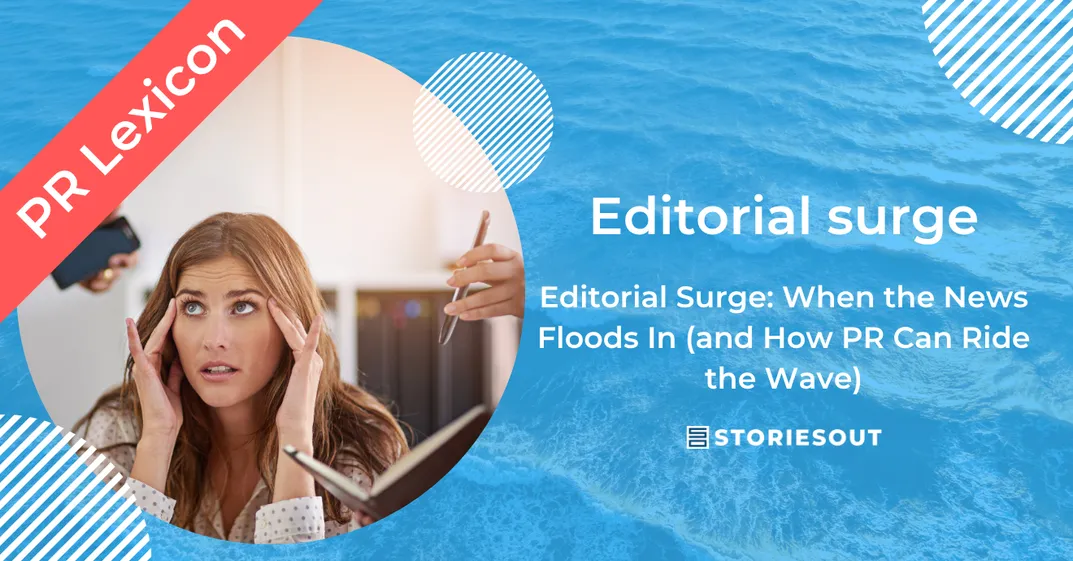Origins: A Tool Born from the Professionalisation of Journalism
The press card, officially known in France as the carte d’identité de journaliste professionnel, was introduced in 1935. It emerged from a growing need to differentiate professional journalists from other content producers, as the role of the press gained importance in public life and democracy.
In France, it is issued by the Commission de la carte d’identité des journalistes professionnels (CCIJP link in french) – an independent, bipartite body that regulates access to this professional credential.
Who Can Get a Press Card, and How?
Despite common belief, the press card is not a diploma, and it’s not granted automatically.
To be eligible, applicants must:
- Work as a journalist on a professional and paid basis, across one or more recognised media outlets.
- Dedicate at least 50% of their activity to producing news or editorial content for the public.
- Provide official proof of work (employment contracts, payslips, published articles, etc.).
Each application is reviewed by the CCIJP. If granted, the card is valid for one year, renewable annually. It can be revoked if the journalist no longer meets the criteria.
What Is a Press Card Used For?
Holding a press card provides several benefits that make day-to-day journalism more practical:
- Facilitated access to press-only events (conferences, exhibitions, festivals, political briefings, etc.)
- Priority or permitted access in public demonstrations or restricted areas (subject to local police regulations)
- Tax deductions linked to professional expenses
- Reduced fares for transport, cultural events, and some public services — a secondary but appreciated perk
Above all, the card offers a form of professional legitimacy, signalling that its holder operates under the ethical and legal standards of journalism.
Limitations of the Press Card
The press card does not grant immunity or unfettered access:
- It does not protect against arrest or detainment in a public order situation.
- It does not ensure access to every location or source of information.
- It does not guarantee editorial independence, as press card holders may work under very different media policies or ideological frameworks.
- In the age of social media and misinformation, even cardholders are not immune to public scrutiny or criticism. The card signifies status, not infallibility.
The Press Card and PR: What’s the Connection?
For press relations professionals, understanding the role of the press card is key.
It helps identify accredited journalists, those working in a regulated, structured editorial context.
It defines a clear boundary: even if you write content or handle media, you are not a journalist. PR professionals are sources and facilitators – not neutral intermediaries.
It enables you to tailor your outreach. Are you speaking to a press card holder? A freelance contributor? A blogger or influencer? Each requires a different tone, rhythm, and expectation.
The press card helps sharpen your media strategy by giving insight into who you’re speaking to and how they operate.
Conclusion: A Tool of Distinction, Not Power
The press card remains an essential marker in today’s fragmented media landscape. While it doesn’t say everything about a journalist’s values or working conditions, it does indicate a minimum level of professional commitment and editorial responsibility.
For PR professionals, it’s not a badge to aspire to, but a tool to understand the ecosystem and engage with it respectfully and effectively.




